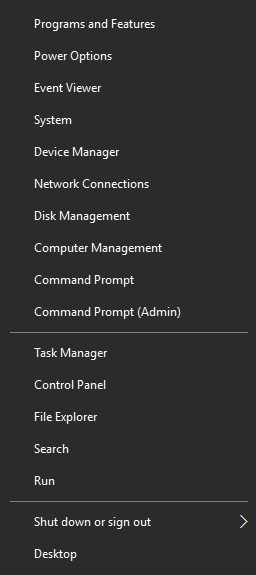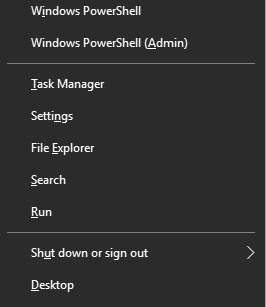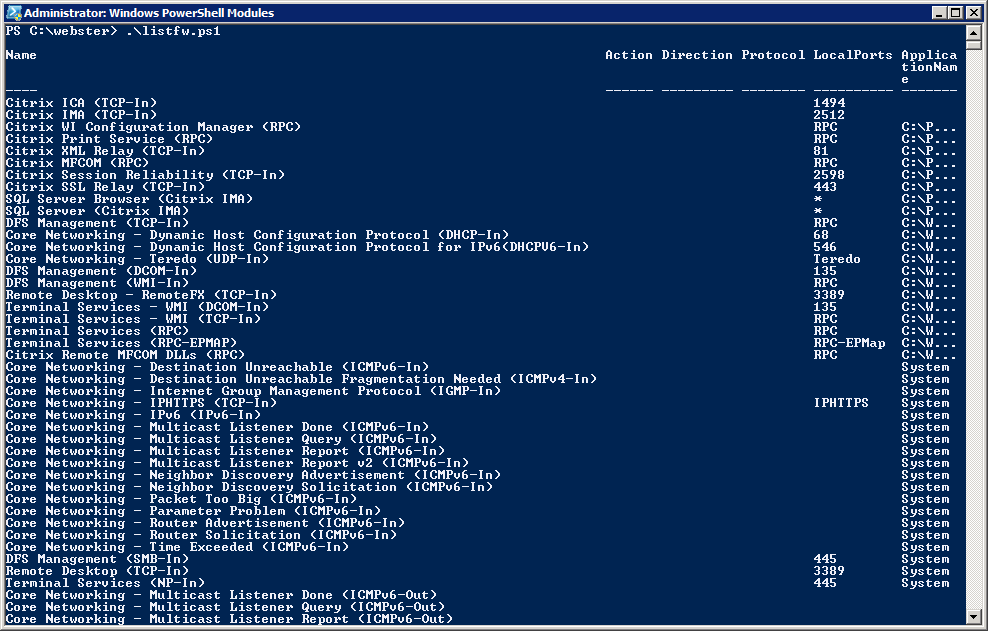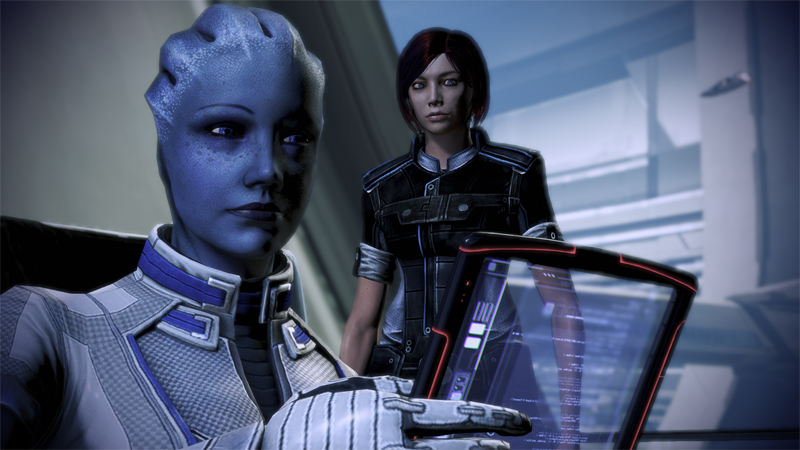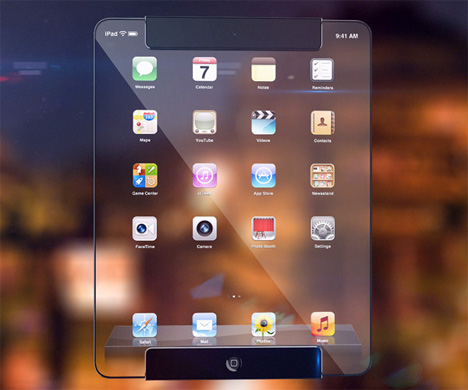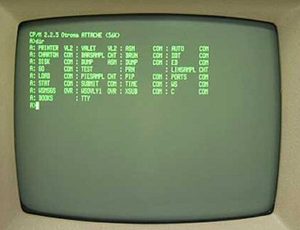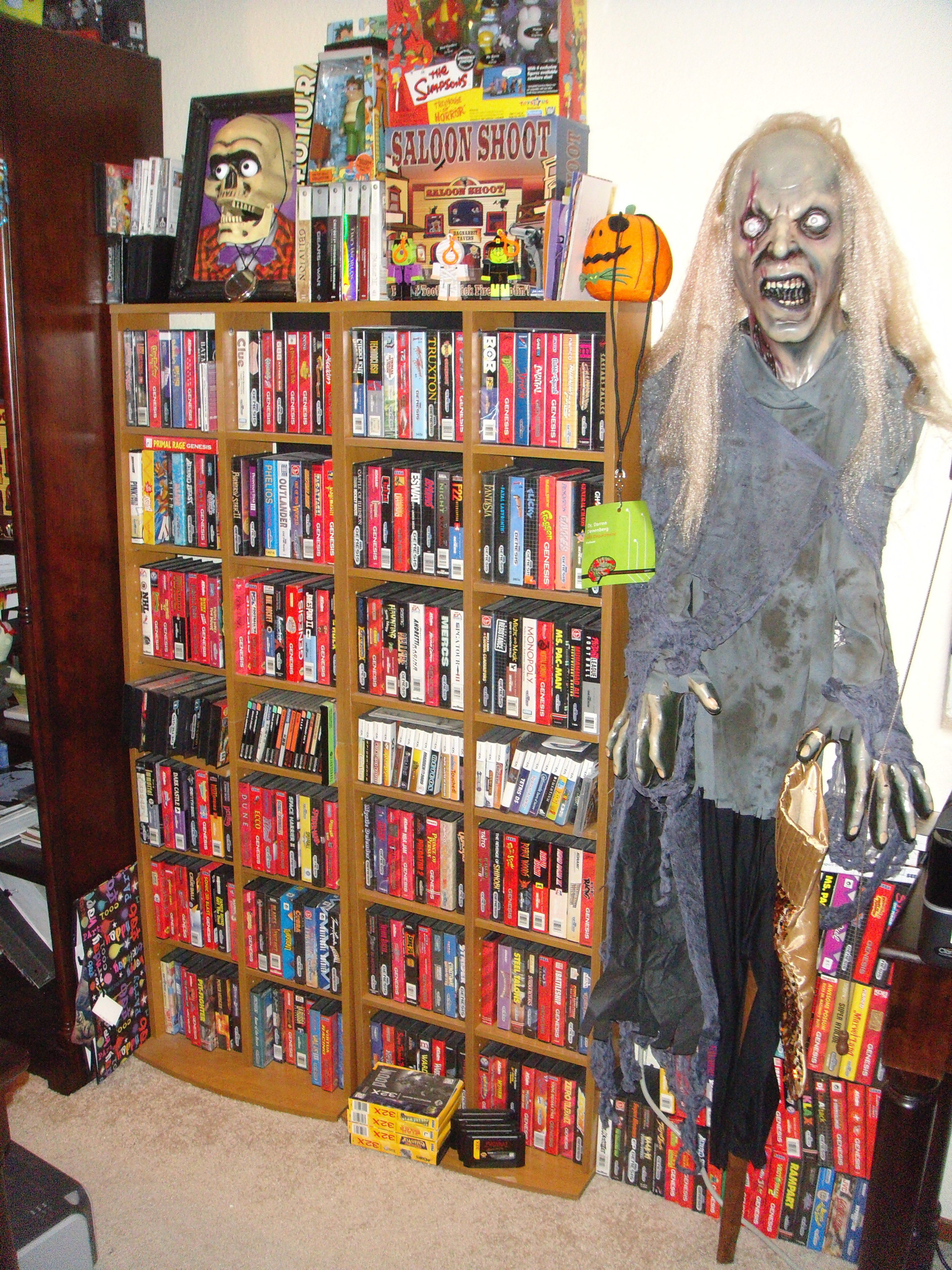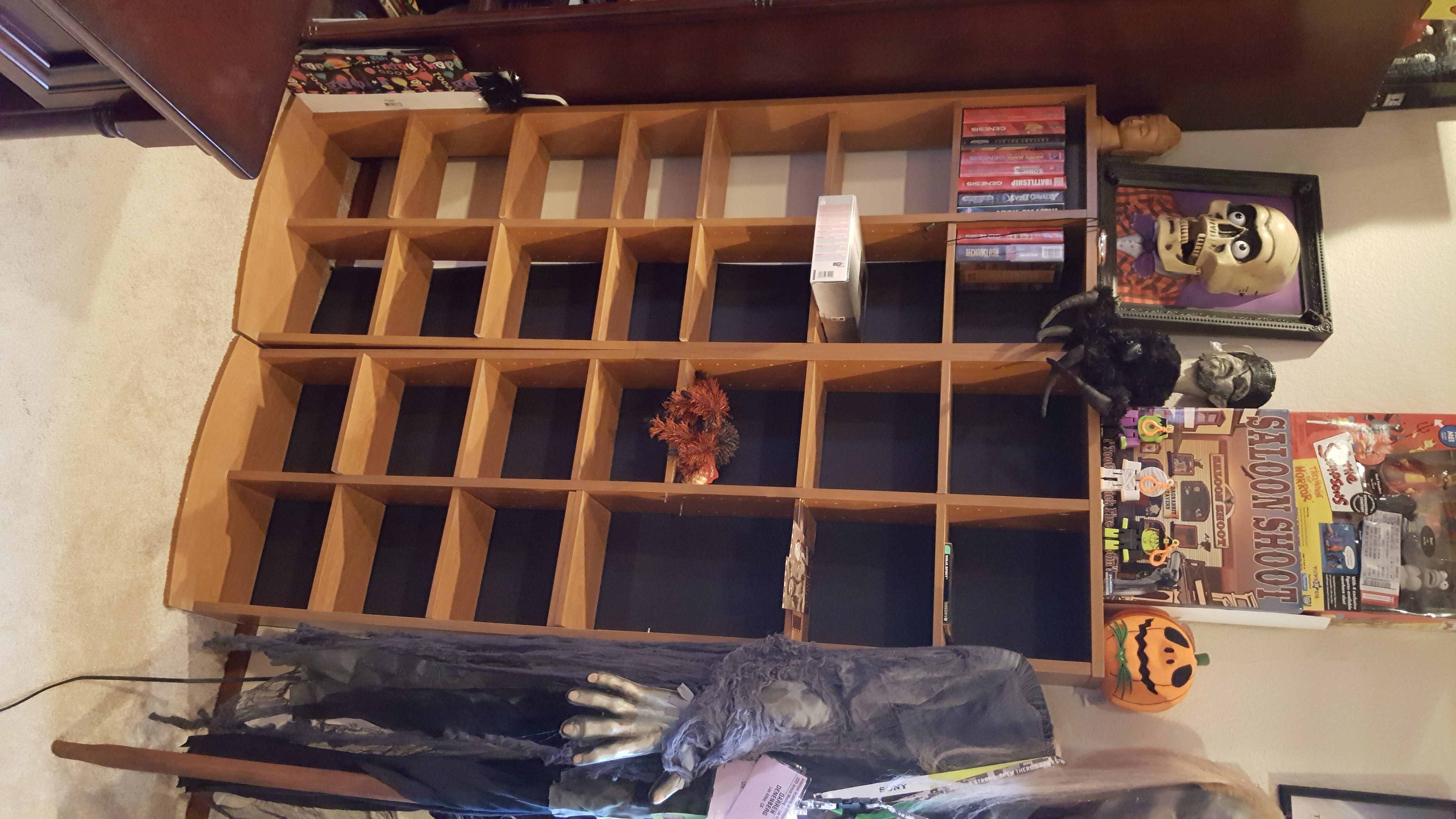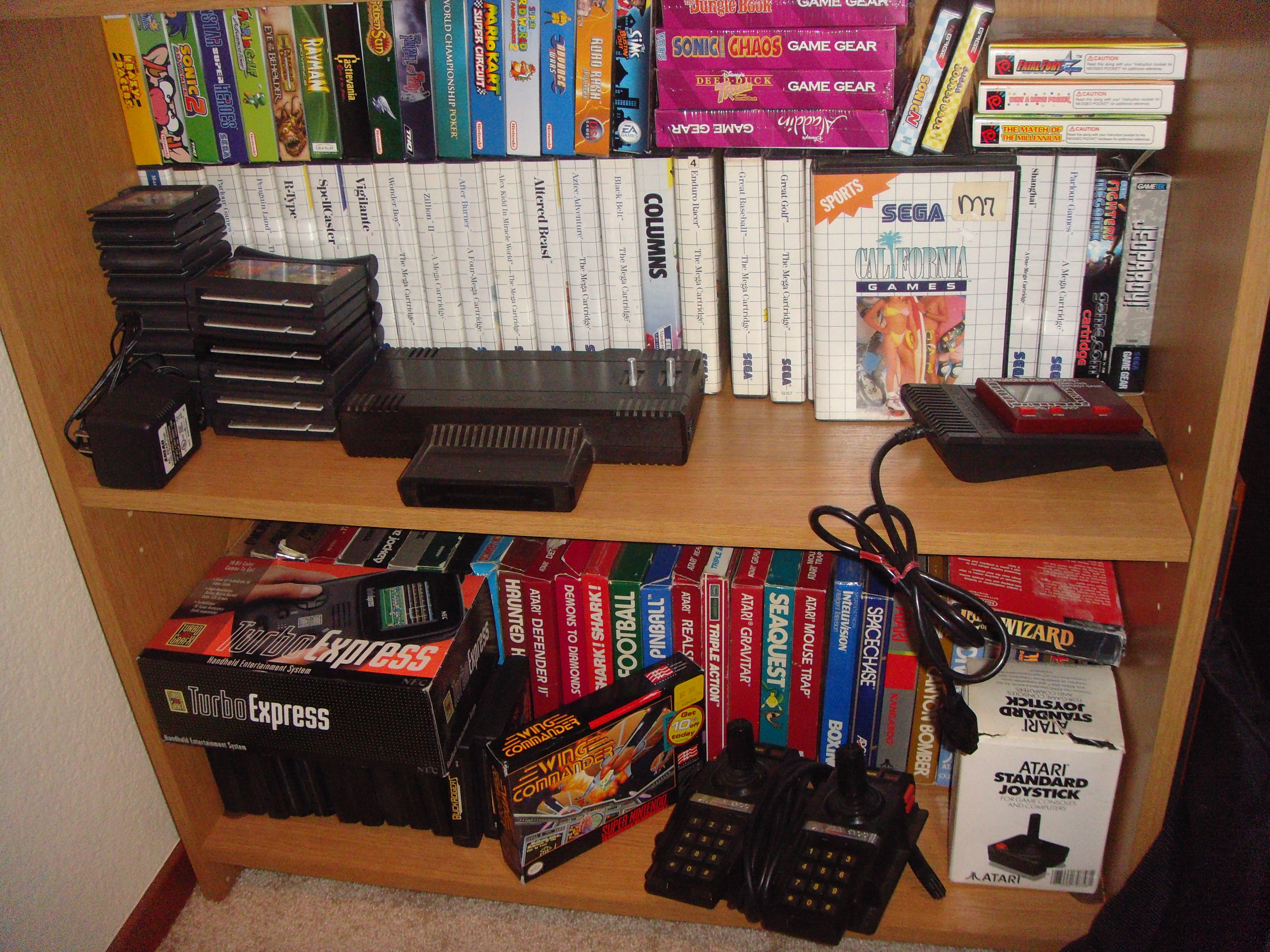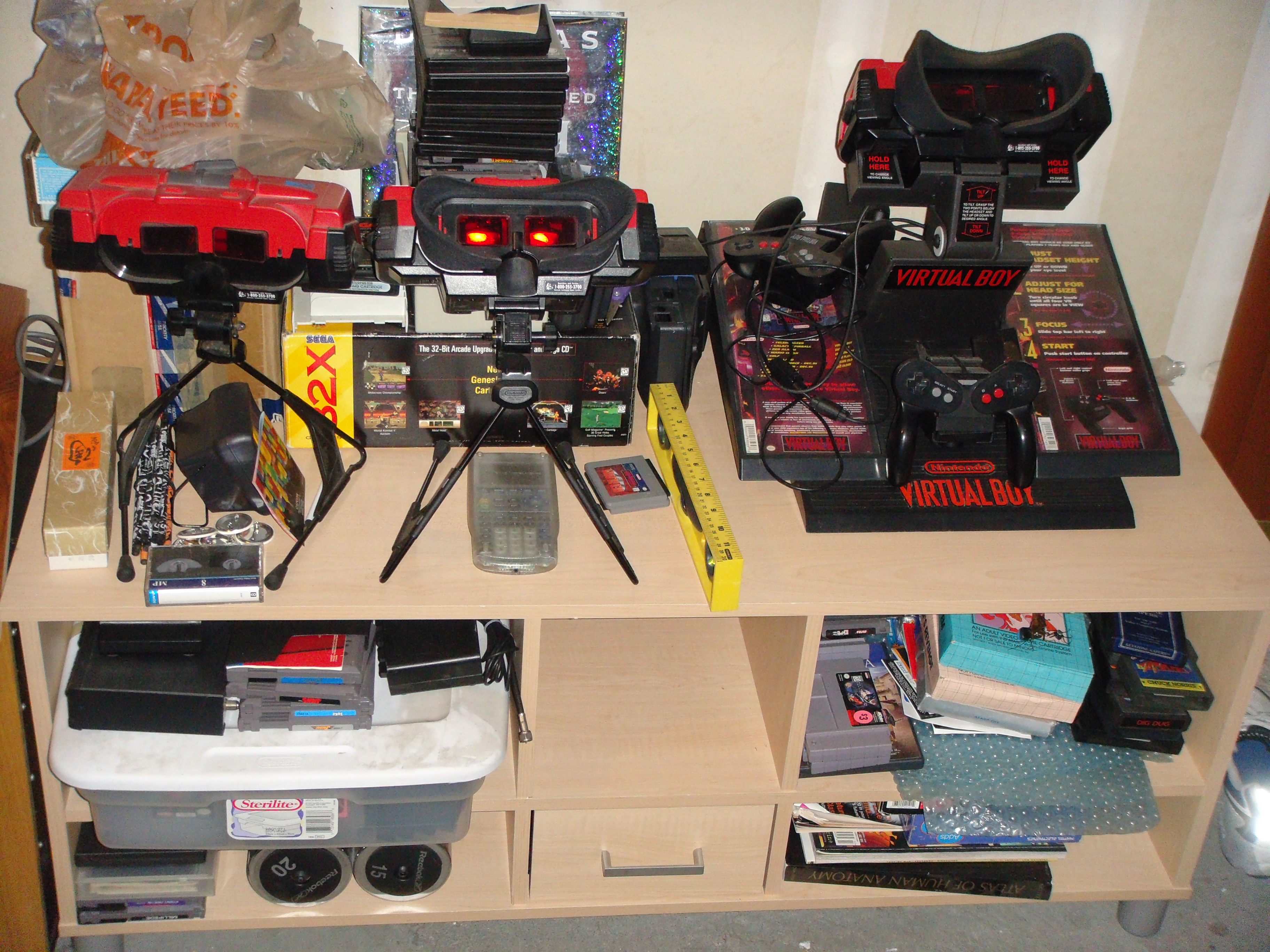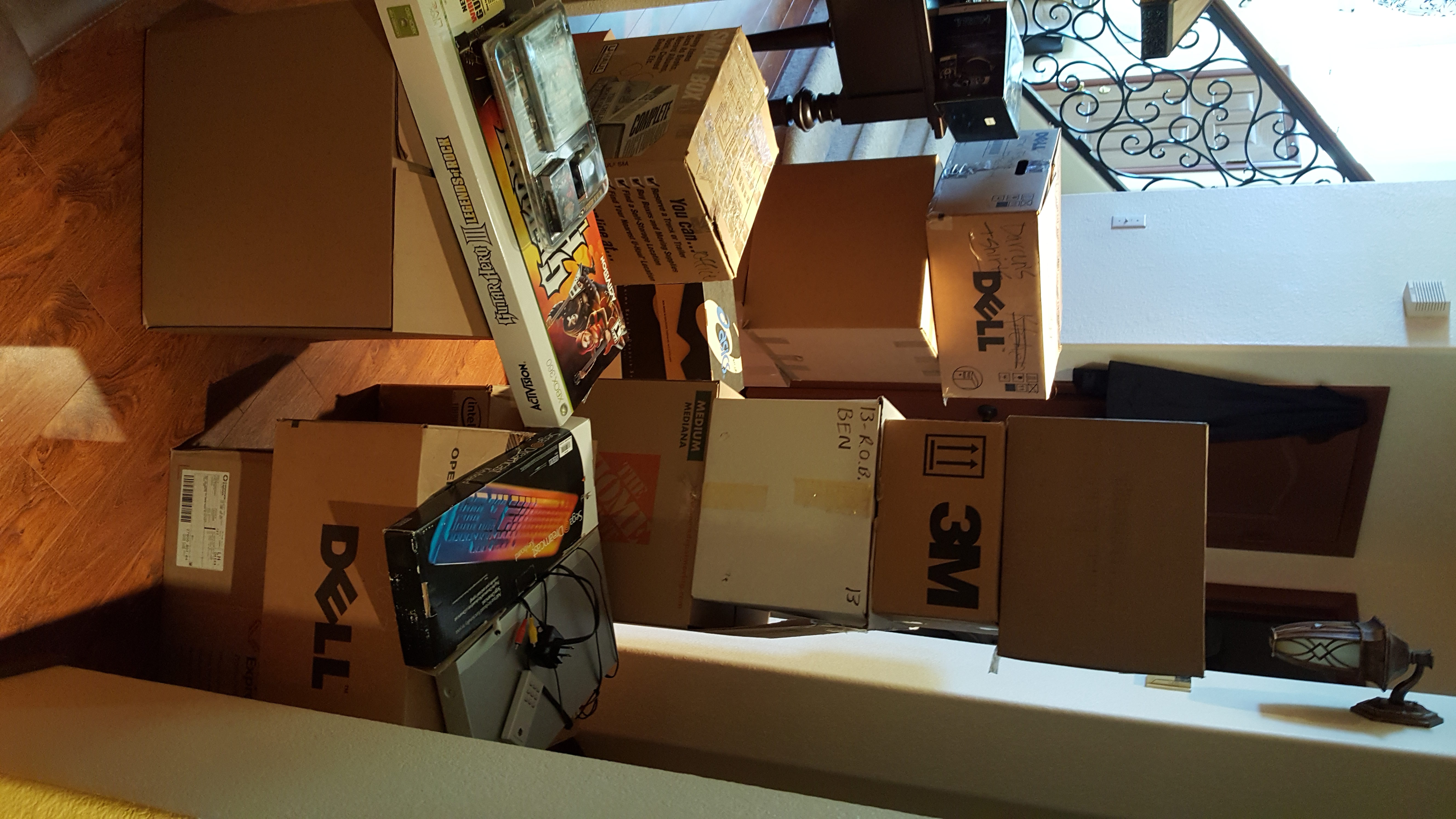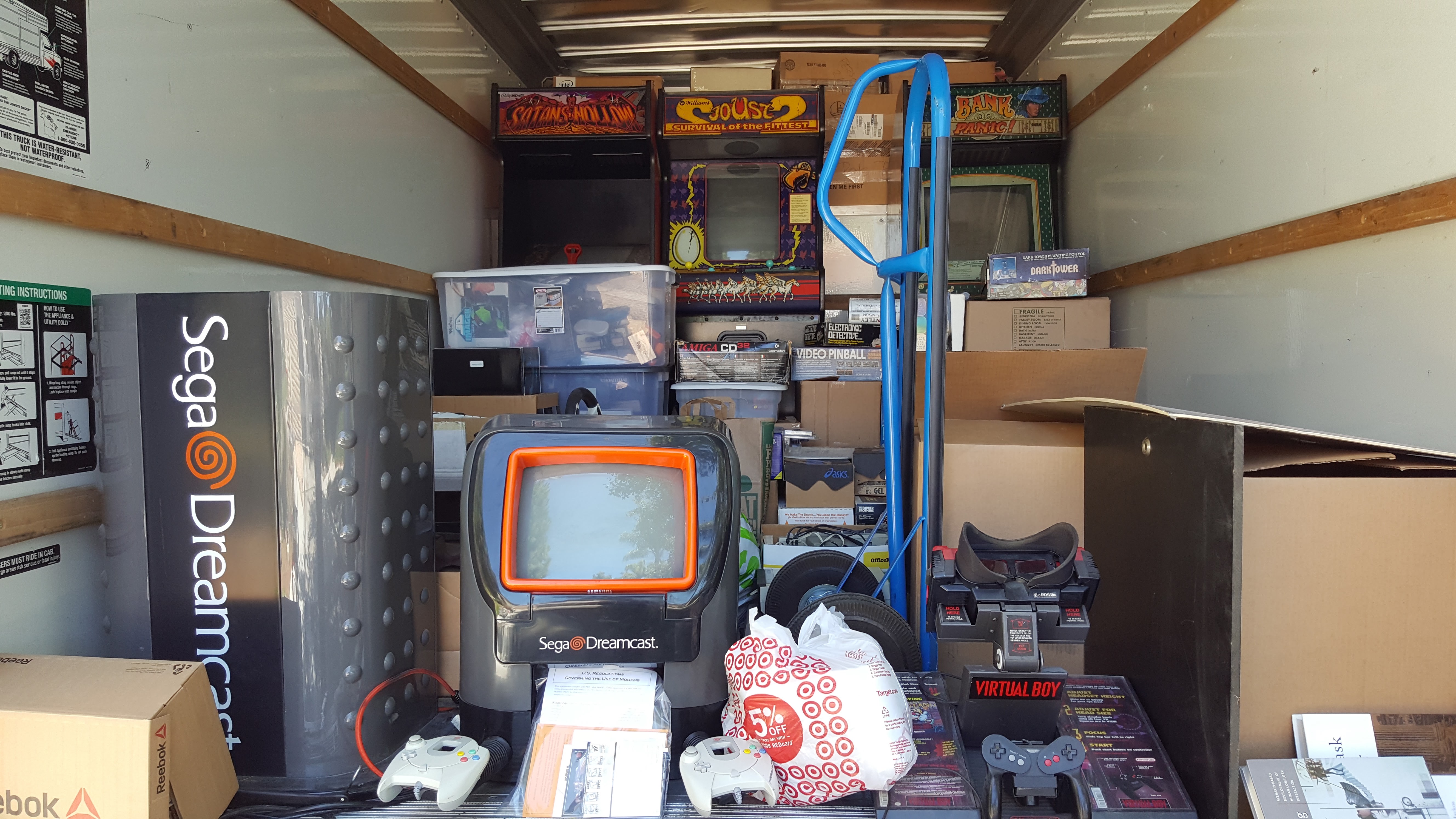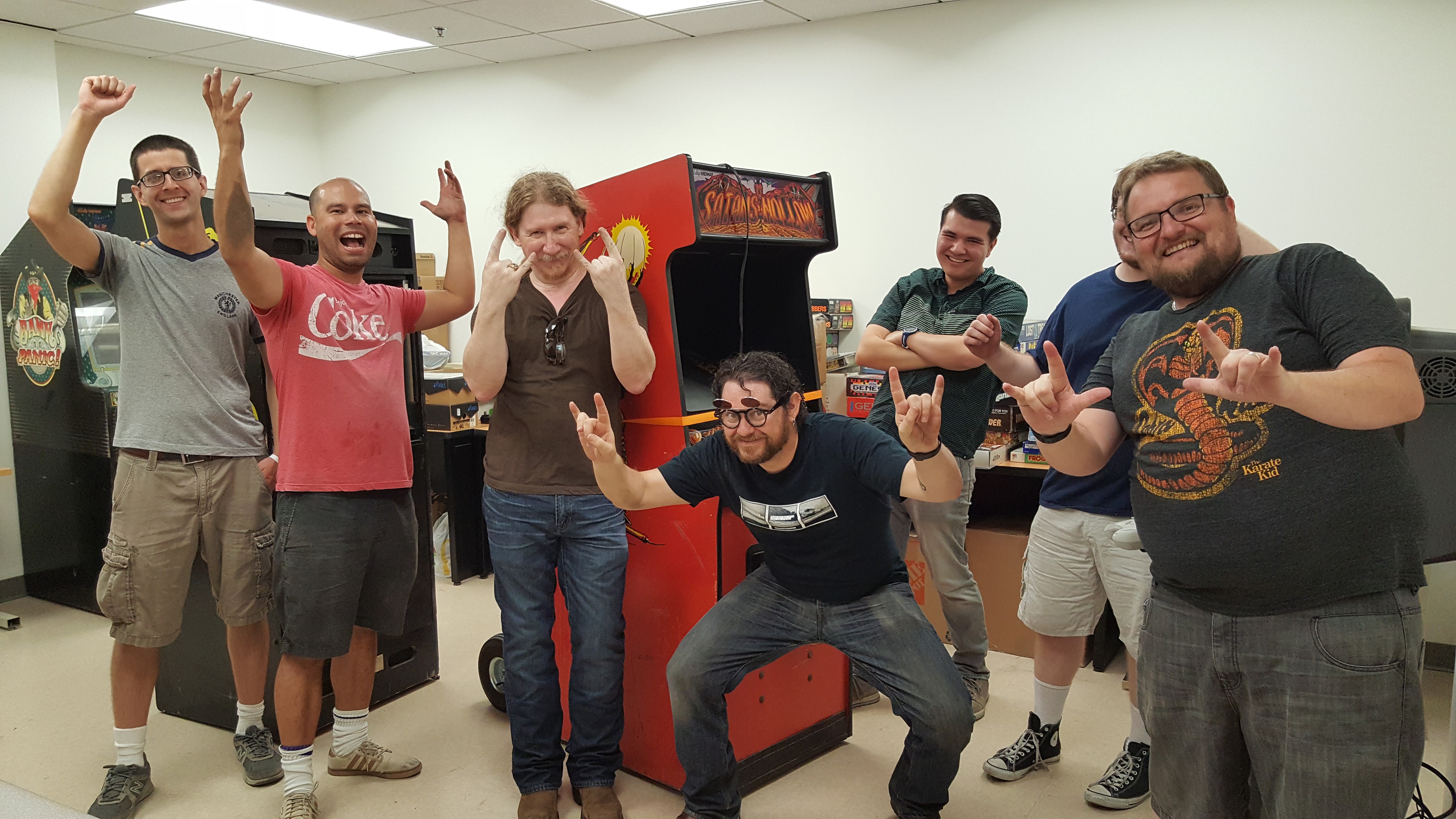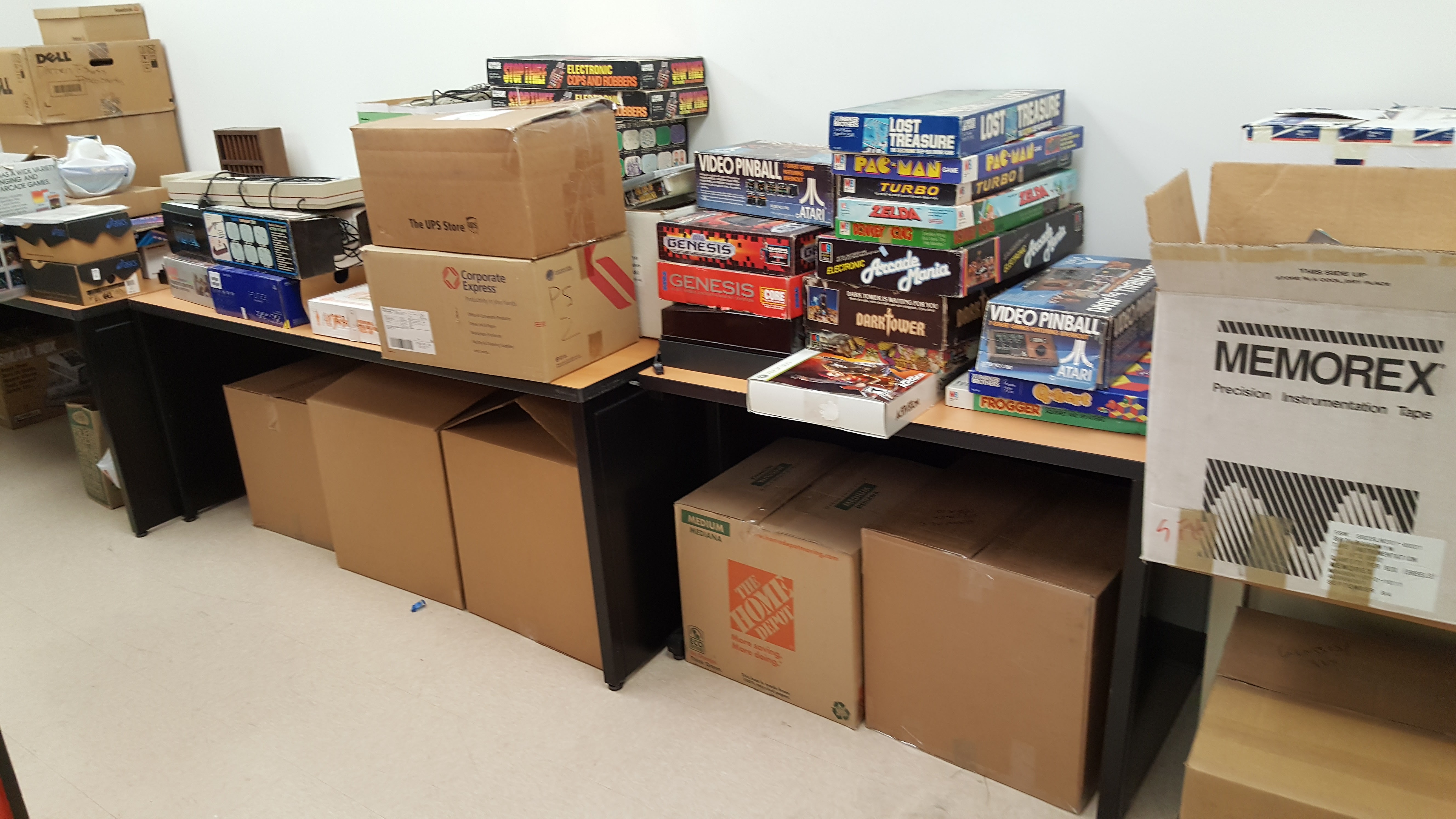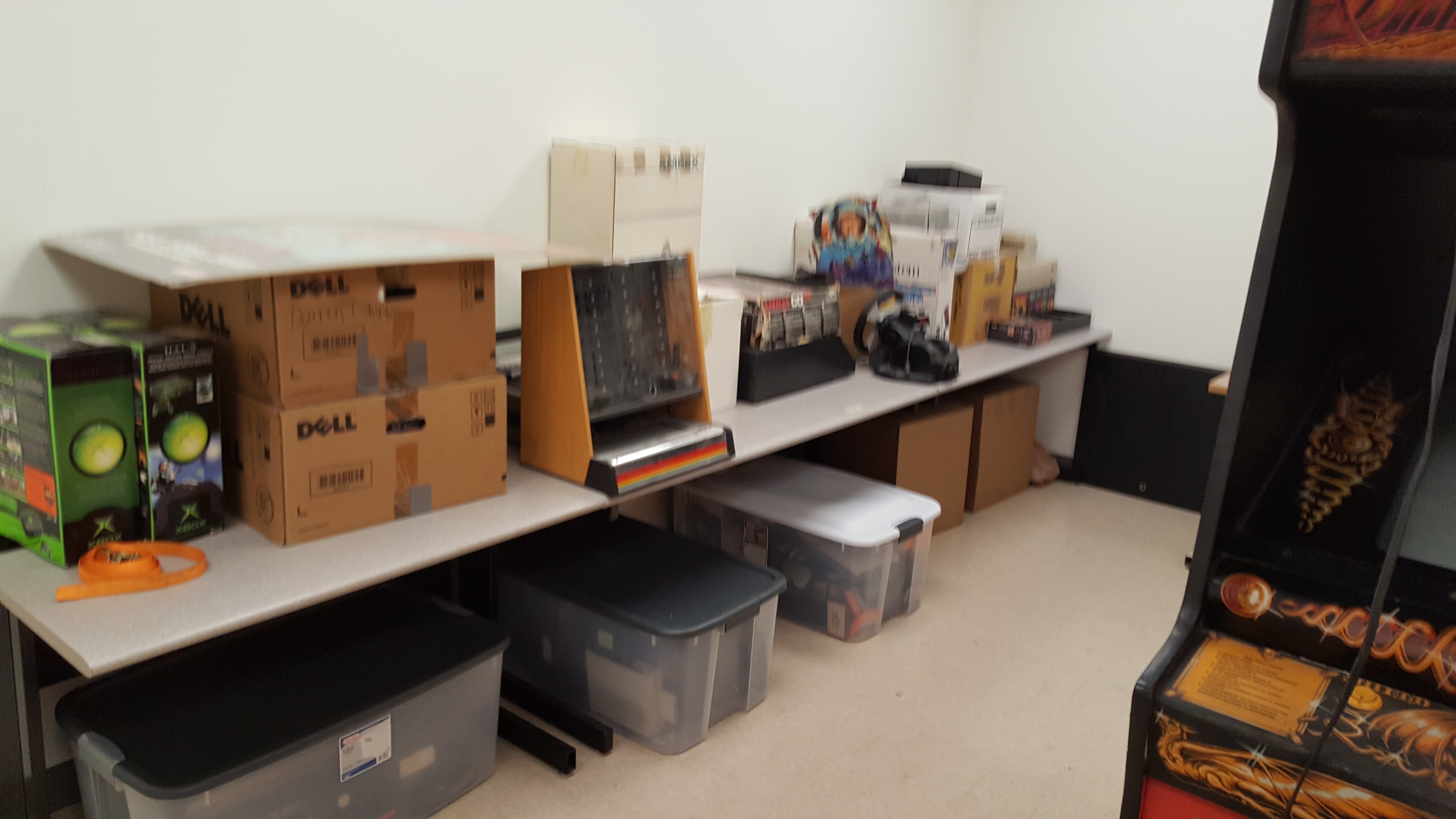Category Archives: Featured
And here comes PowerShell!
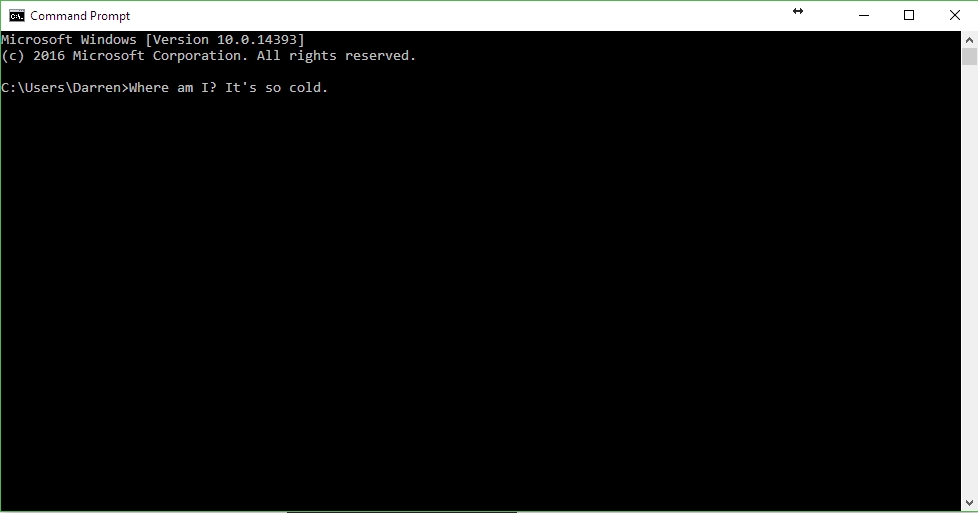
I love the DOS prompt. I really do. I have books about it, watch videos about it, and teach HCI students about how many of the conventions used in the Graphical User Interface (e.g. cut/copy/paste) are taken from the command line, which were themselves taken from manual conventions used with typewriters (when typists made an error, they would often type the intended word on a separate paper, cut it out with an X-acto knife, and paste it over the mistyped word on the original document).
Although I frequently criticize techy types for being unnecessarily proud of their cult-like, obtuse, user-unfriendly platforms that require deep-dive understandings of underlying technology to get them anywhere close to working (I’m looking at you, FreeNAS and DD-WRT), I have to give the command line credit as it was all we had back then, we didn’t use it for bragging rights, and it worked well enough at the time while requiring some understanding of the underlying machine and software architecture.
However, it appears that the command line is being pushed to the back row. You’ll notice in the image below, which is of my very own Windows 10 Start context menu which appears when right-clicking on the start menu, there is the option for command prompt and command prompt admin.
In the following image, though, taken from a PCWorld post about the most recent Windows 10 Insider Build, Build 14971, you can see that the entries for command prompt are no more, and instead have been replaced with PowerShell.
What is PowerShell you might ask? If you were to just look at it, it might not look all that different from a standard command line. In fact, it IS a command line. However, rather than carrying out one command at a time as is typical with traditional command lines, hence their name, PowerShell allows for a host of capabilities that would be very difficult – although not impossible – via traditional command line commands. It allows for system and network/remote management, as well as scripting functionality supported by the .NET platform. It has many functions, which is also why the name PowerShell is both accurate and misleading.
You see, a shell is a command line. We’ve been using shells forever now, they even have allowed for the authoring of some basic scripts called batches in which a bunch of commands run all at once, but they were also very limited in the universe of the GUI. When a criminal attempts to put malicious code into or onto a system in the hopes it will run, that is often known as shellcode because it provides command-line access to the compromised system (if you’re interested, this is most commonly done through buffer/stack overflow attacks, of which there are many different kinds). Even PowerShell itself has been around for a long time. These types of interfaces have been a staple of computing since the birth of the PC and before.
PowerShell is powerful, and has extensive capabilities that make it as useful as a GUI if you know how it works. Why not just use the GUI? Because a command line interface doesn’t use nearly the resources of a GUI, can run on a low-power system, gives much finer and more focused control than a GUI, and a command line interface won’t crash. You can see that I appreciate the power of the command line, and while I have nothing against PowerShell specifically, I also see it as the end of an era. The DOS prompt was so insanely unintuitive, yet comparatively simple as well; a true paradox. In PowerShell’s defense, here is a screenshot from the carlwebster.com blog showing it running a script that displays firewall rules. And that is just one example of the infinite amount of ways in which it can be used.
Apparently ‘Command Prompt’ can be brought back to the context menu through taskbar personalization settings so I may do that when the update finally rolls out, but I also want to give powerShell a chance – I haven’t used it that much but use the command prompt extensively, so who knows, maybe it will all be for the best. I’m approaching it with an open mind, and I’ll post my thoughts here when I’ve had the chance to work with it for a bit.
I have finally hit the big time (potentially NSFW, but not really)

Has it really been a month since my last post? How time flies when you’re insanely busy and out of town for a week on top of that. My apologies, but I assure you, this post will have been worth the wait.
I know that headline can be interpreted several different ways and may lead to some raised eyebrows, however it’s not as risque as it sounds. I’m not even sure the ‘NSFW’ tag is necessary, but better safe than sorry I suppose. About a month ago – and I meant to post this earlier but just couldn’t find the time – I was the featured expert in an article in Playboy magazine about the evolution of vibrating game controllers titled ‘The Bizarre History of Vibrating Controllers: VR Precursors, Occasional Sex Toys.’
I’m featured pretty prominently in the piece, and it really is a well-researched and relatively complete examination of the topic, however it is Playboy, and as you can probably tell from the link title the article veers into the, well, it veers into what you’d expect a Playboy article to veer into, even though the magazine no longer features women in birthday suits.
But I recommend it. If you don’t mind some very mild prurient evaluation, meaning absolutely nothing even close to x-rated but briefly talking about the adult potential of such controllers towards the end, it’s an informative read and respectful of its topic.
Panasonic introduces a transparent TV

Transparent screens are nothing new, at least not in science fiction. The most well know, I would argue, is the interface from Minorty Report, as seen in the header image, but there have been many others. Consider, for example, the PADD (Personal Access Display Device) from Star Trek, which was only made transparent recently. Also, they weren’t very good at naming things.
There is also the tablet being used by Liara from the popular video game Mass Effect 3.
And let’s not forget Avatar. Or The Avengers. Or The Empire Strikes Back. Or Futurama. Or even this thing that lets you interact with the screen from the front and the back. There were even rumors floating around that Apple was going to be introducing a transparent iPhone and iPad, with some going so far as to render their interpretation of it.
It seems the main point behind these is to make them look more future-y, however while they are certainly technically feasible, their practicality is open to debate. A transparent screen leaves open whatever you’re doing to the eyes of everyone around you, there would be no privacy and a serious lack of security.
But what about a TV? A transparent TV that you use for watching, but when you’re not watching it, it just…disappears? Fades into the decor of the house, perhaps, without actually having to motorize it or hide it somewhere.
Panasonic has done just that, developing a TV using OLED technology, in which pixels give off their own light, in order to create a TV that is legitimately watchable while in use, and almost completely transparent when not. The catch is that the screen is made from a fine mesh which is then overlayed on actual, transparent glass. You don’t see the mesh when it is off, and you don’t notice it when it’s on. Genius.
It’ll be a few years before we see any type of commercial availability, but in the meantime, enjoy a gif of the process as seen on The Verge, who, I might add, really don’t want you downloading their gifs.
Nike announces self-lacing shoes

What a time to be alive! Nike has announced that it’s HyperAdapt self-lacing sneakers will finally, FINALLY, be available on November 28th. You can read the press release at this link.
I’m not sure why, but there seems to be more hyperbole around this than is normal for a product release, even in the press announcement. For example: Nike’s own press release, linked above, is titled “Nike HyperAdapt 1.0 manifests the unimaginable.” Transworld Business titled their article about these shoes (and I am not making this up), “Transcending time, space, and our perception of reality, Nike has brought us the shoe that no one that (sic) possible outside the realms of science fiction: the HyperAdapt 1.0.”
Let’s not get carried away. It’s a neat thing, but it’s not a future-breaking invention that will unite the world in harmony. Also, I wonder if “self-lacing” is the right term. You see, they don’t actually lace up like a ghost is tying your shoes. Rather, they tighten; a motor in the base of the shoe pulls what looked like pre-laced laces tighter until sensors deem they’re tight enough, and of course the person wearing them can make adjustments if necessary. The motor that does it is rechargeable, and there are lights in the shoe to indicate the status of the charge.
Here’s a video about it, one that goes beyond mere promotion into the realm of world-saving, but these kinds of things have started to concern me. Is this a sign of encroaching laziness, or a useful feature that we need? I can tie my shoes, and do so to just the right amount of pressure. Do I need a self-lacing shoe? With self-driving cars, self-cooking food, self-playing guitars, and whatever else doesn’t need a human, where does it end? I know it’s just a shoe, but that’s exactly why it’s concerning.
And what happens if the motor malfunctions? Or the battery dies? Oh, the humanity!
University of California, Irvine, becomes leader in eSports

My employer, the University of California, Irvine, has become the first university to open an eSports arena, which is really just a big room with a bunch of high-end PCs in it for networked game play, and have a top-ranked League of Legends team that will be awarded scholarships for their participation.
Other colleges and universities have had school-sponsored eSports teams before; Robert Morris University did so back in 2014, and others followed suit, however the arena is what sets us apart. A dedicated gaming facility created with the blessings and support of League of Legends developers Riot Games and machines supplied by boutique PC source iBuyPower (terrible website design trigger warning).
The arena can also be used by students who just want to do some gaming. And because we’re a university, there will be many, many opportunities for game-based research, something my own department does from many perspectives.
The official opening will be on Friday, September 23rd, and they are expecting about 1000 people. I’ve been in that room and that area of campus, and that would be quite the crowd, but it speaks highly of what they’re doing and what they’ve already accomplished.
Destroy your stuff with just a USB stick

Hey, now this sounds fun! Want a simple, effective, and inexpensive way to destroy your expensive stuff and all the data on it? Well do I have good news for you! Now, with just a simple USB stick you can blow up damn near any digital device with a front-facing USB port (meaning publicly accessible, it doesn’t actually matter which direction the thing is actually facing. An important distinction).
The USB Kill will charge itself from the USB’s power supply, then discharge itself back into the port, over and over again until the host device is broken. Of course they say don’t use it for malicious purposes, but come on…why else would we want one of these things? Oh right – ‘testing’ purposes.
To be fair, everyone knows USB ports are a haven for malicious attacks, they’re the mosquito-breeding stagnant pond of digital devices, a very easy way to infiltrate a system or exfiltrate (steal or lose) its data.
It’s a pretty nifty device, in and of itself, and another interesting point they make is that only Apple devices are protected against this type of attack out of the box. Everyone else, well, look out (also, it might not destroy the data, and if it doesn’t, then NSA-approved bulk erasers are for you!).
WordFence to the Rescue!

Over the weekend, I added WordFence security to the site. WordFence is a free (with premium option) service that provides backend security and monitors a WordPress site and prevents all sorts of bad things from happening. It has a slew of options and services that can be configured in any way a user would like, providing some peace of mind.
As you can see, the services and options it provides are many:
It has, for example, a firewall that prevents unwanted actors from gaining access to your site, however as with any good firewall you can whitelist sites or block sites as you see fit. It also claims it learns as time goes on, however I’m not able to test that at this time.
I’ve had this site for several years now, so as you can imagine with all the posts and photos and links there are a lot of potential hazards, and the service did a complete scan to be sure everything was on the up and up. It found a potentially malicious link in one of my posts from two years ago, and although the link was simply giving credit for a header image and not actually malware, I deleted it anyway. It scans everything for malware, the aforementioned malicious links, and any other problems and ranks what it finds in terms of its severity. I’m glad to say this site, to paraphrase Tangina Barrows, is clean.
There are many, many, many options. This kind of thing can often result in a performance deficit, although I haven’t noticed any slowdown at all. On a curious side note, I was asked to download my .htaccess file before WordFence scanned my site and implemented itself which I thought was strange. If you’re not familiar, .htaccess is an Apache-specific file placed in a directory of a website that specifies some site functionality, such as redirects or even password access without having to modify the server settings; WordPress itself states that it “uses this file to manipulate how Apache serves files from its root directory, and subdirectories thereof,” and .htaccess functionality cascades to all subdirectories (it can be overridden with another .htaccess file in a subdirectory, but that’s for another post). Why they wanted me to download that they never specified, but I did and ended up not needing to worry.
Another interesting thing about the .htaccess file is that it has been around FOREVER!
So with that sidetrack out of the way, the site is now more secure than ever, WordFence is running in real time, and I’ve already received some emails telling me about the login attempts they’ve blocked (from both Germany and France – I’m worldwide!) and how smoothly my site is running. I’m very happy with it so far. If you have a site and are interested, it’s very easy to install and can be done from the ‘install plugins’ section of the WordPress backend.
Learn about PC and OS pioneer Gary Kildall, from the inside

In my classes and on this site, I talk a lot about history. To me, it isn’t possible to be genuinely good at something unless that skill is accompanied by a respectful understanding of what came before. Otherwise, how could true knowledge be claimed?
I hold that true for everything. For example, if one claims to be a guitar player but knows nothing about Les Paul or The Beatles, they’re not really a guitar player. They may play guitar, but guitar player they aren’t. Similarly, if one is a physician, but doesn’t know the groundwork laid by Louis Pasteur or Florence Nightingale or how they treated injuries during the Civil War, then I would question their qualifications and their true interest in the field; after all, if they don’t know the history of medicine, how interested in medicine could they really be? A true passion for something necessarily results in learning *about* that thing, and that includes history.
That’s why I talk about it so much. I’m always excited to learn a new little piece of computing history no matter how small; everything helps piece together the puzzle. It’s also why I’m a member of the Computer History Museum, and they recently released a heretofore unknown piece of history that is quite major. It’s the ‘first portion’ (about 78 pages) of an unpublished autobiography of one of the founders of the modern home-computing movement, Gary Kildall. You can read about it and download it here.
Gary Kildall developed the first true OS for what would become business and home computers, and he called it CP/M (Control Program for Microcomputers, and you can download the source code from the CHM here). There are many stories about him and his place in the early days of computing. The most common, the one his kids claim is false but has persevered and taken on a life of his own is that when IBM showed up at his front door to license his OS for use in their new line of PCs, he was out flying his plane and his lawyers advised him to not sign the NDA that was provided. IBM, not being a company to wait around, instead went right down the street to Microsoft and signed up with them instead. ironic, because they had approached Microsoft first who sent them to Kildall in the first place! Needless to say, the rest is history.
If you look at the screen of a PC running CP/M, you’ll notice that, and this isn’t a surprise, MS-DOS looks very much like it.
The truth to that story has always been questioned, but it is generally accepted as what happened. Microsoft had no OS when IBM first approached, which is why they recommended Kildall. However when IBM returned to Microsoft after the failed meeting, Bill Gates jumped at the opportunity and it was all over for CP/M. Gates became the richest person on earth, and Gary Kildall, sadly, faded into comparative obscurity. The fact is, for all his contributions to computing, there just isn’t very much known about him as a person. Even finding a decent header image was difficult.
That’s why it was very surprising to see the Computer history Museum recently make available a copy of the autobiography. Apparently, he had written it sometime back in the 70s and handed a copy of it out to a few friends and family noting it was intended to be published the following year. Needless to say that never happened, and the fact it existed remained a buried treasure ever since.
Being written by his own hand, and talking about the events behind the urban legend of IBM, Kildall, and Gates, it is a really fascinating read, giving insights into how things worked back at the dawn of the personal computer age. I found it especially interesting that even though he had once created a BASIC compiler, he – in his own words – detested BASIC. I didn’t know it was possible to feel that way about a computer language, but apparently he did. I was also struck that in the introduction to the memoir, Kildall’s children mention their father’s later struggle with alcoholism, and apparently that manifested in the writings and is the reason that those sections of the writings were not included in the release.
I am more than ok with that, though. What has been provided in this first portion is a fascinating narrative and perspective, one not seen before, into the mind of someone who deserves much more credit than he gets.
A couple of side notes: You can see Gary in many episode of The Computer Chronicles, an 80’s – 90’s show about technology that is a really interesting and compelling look into the what consumer technology used to be, and if you haven’t been to the website of the Computer History Museum, you really should give it a look. There is so much there to see; it’s incredibly informative.
Microsoft’s smartphone division hit hard in upcoming layoffs

After having already laid off 7500 workers last year, and currently trailing badly in the smartphone market, it appears Microsoft is one step away from throwing in the towel in the smartphone market.
If you’ve ever taken a college-level accounting class, then you’re familiar with regulatory filings that lay out a company’s financial strength and weakness both in written and spreadsheet form. In this case, we are talking about a form 10-K, and the one just provided by Microsoft shows that while their personal computing, cloud, gaming and enterprise divisions are doing well, their smartphone business is not.
When news sites inform you of this, though, they never tell you where exactly you can find the specific numbers indicating how many are being laid off, and the report is 103 pages of tables, explanations, credits, debits, and analysis!
But never fear, I am here to help you weave through it all. You can view the whole thing at this link, and if you would like to see the specific mention of the layoffs you will want to look at page 84, under the heading 2016 restructuring. The first paragraph lays it all out. In fact, all of page 84, under the main heading ‘Restructuring Charges,’ is interesting yet sad to read.
If you don’t mind heavy accounting and corporate speak, the document is really quite interesting to read overall. It goes into detail about all their divisions, how well they’re doing (or not), their unclaimed revenue, profits and losses, writeoffs, even their acquisition of Minecraft. It’s not an easy read, but it’s informative.
Even I, the most diehard fan of Microsoft and their phone (Mine was an original Nokia, and I even still have a Zune!), finally had to break down and get an Android-powered Galaxy Note. I still wish Microsoft the best and hope, somehow, miraculously, that they can turn it all around.
It’s all gone
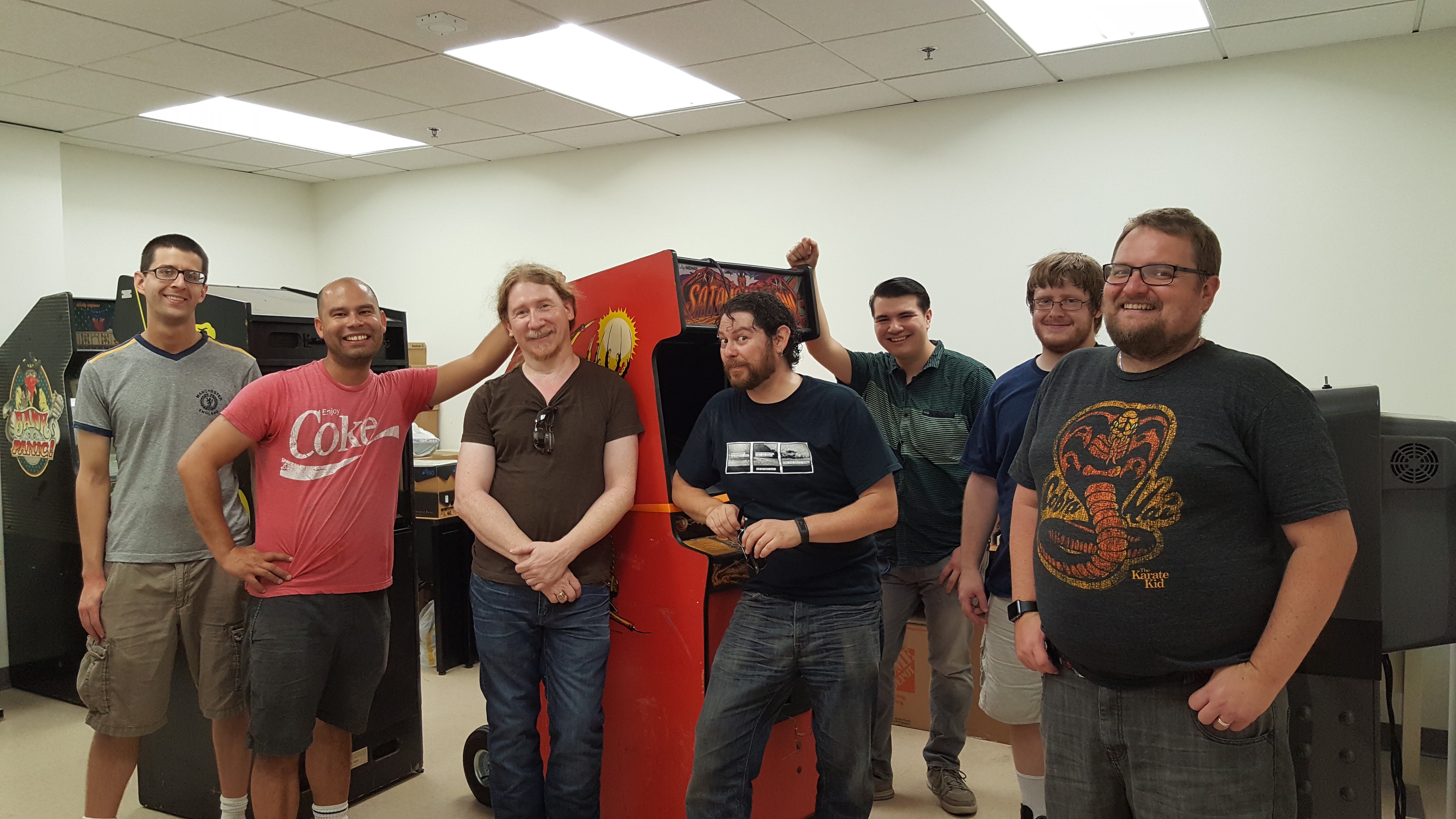
(UPDATE: Many more pictures of the collection itself and some additional narrative can be seen at this Imgur post)
Actually, it’s not really gone, it’s just gone to a better place. It was finally time. I have donated my entire 40+ year collection of video games, consoles, manuals, displays, advertising and other miscellany to the Transformative Game Lab in the Department of Informatics at The University of California, Irvine.
I had been thinking about what to do with it all for a number of years. I have been collecting these things for decades, and while I love them all, most of the collection has been sitting in a garage in Las Vegas for the past six or so years, baking summer after summer in the brutal Vegas heat.
I wanted it all to go somewhere where it would be of benefit and use. Somewhere where it would be appreciated, where the games would be played and the manuals read, where they would be studied and researched as the works of art they are. I had thought about willing them to the Strong Museum of Play in Rochester NY, however the problem there is I would have to be dead to see my dream realized.
While I was thinking about it, I took a position in UCI’s Department of Informatics, where I learned quickly they do games research, they have a game lab, and most importantly of all, they consider it a valid field of study and give it the respect it deserves. I spoke with Joshua Tanenbaum, the professor who heads it all up, and serendipitously it turned out he was looking to expand the lab into retro gaming! An earlier attempt at getting an eBay seller to donate his collection hadn’t worked out, and although my collection was nowhere near what that seller had, we both knew this would still work out perfectly.
It wasn’t easy. My collection is big and random. It didn’t lend itself to easy packing and storing. Having sat in the garage all these years, it was also covered in a layer of dust, not to mention spider webs, dead bugs, and other detritus that is unpleasant to say the least. Having lived in Vegas for so long cleaning it up wasn’t a problem, but it was a big part of the project. Not to make anyone uncomfortable, but here is a picture of one of the webs when I first opened the garage door. You can also see in the background how disorganized it all is. Under that is a (poor iPhone) pic from the other end. It’s the loosest, most disorganized collection you can imagine.
Even my beloved Genesis Collective went into the donation. I was surprised to receive some backlash from friends and family over that, and resistance to it. I didn’t realize how important it was to not just me, but others as well. Although it may seem counter-intuitive, that reinforced my belief I was doing the right thing, that they held meaning and importance and needed to be somewhere they were appreciated.
Also, meet Walter.
As is true of any collector, however, I had some duplicates, and it turned out my friend only wanted Aladdin anyway, so I have already restarted the collection and they got what they really wanted. Win-win!
There was much more than that, of course, so here are some non-exhaustive pictures of the other fun stuff that was donated. From the top: Sega Dreamcast (and some PS2) games, Sega Master System/Jaguar/Atari 5200/Sega Game Gear titles, Nintendo Virtual Boys (also notice the adults-only Mystique titles for the Atari 2600 on that lower right-hand shelf), and PC games.
It took days to get it all packed up. And when it was, it was just as chaotic as before. There was simply no way to organize everything into a cohesive package, and I gave up on the idea pretty early in the process.
Here’s how it looked when all packed and ready for loading into the U-haul.
There’s a lot there. The next step was to finally load it all into the U-haul. My dad flew in from Central California to help, and my dear friend Shauna even pitched in.
It was so hot on loading day (105 degrees, which for Vegas is actually considered a cooldown) that when the truck was finally loaded with boxes and other fun stuff, we had to leave the door propped open or it would have roasted the contents beyond repair. We left it open for about 4 hours, until around 7, until it was cool enough to finally close it up.
The next morning at 6am, we were off.
It’s a long, mostly uneventful drive through the desert and down the 15 until you hit SoCal, but I like the desert and its vast open plains. We saw the massive reflector fields, formally known as the Ivanpah Solar Electric Generating System, near Primm, and this picture is only one of them. They’re an impressive thing to see!
And to be fair, when you’re driving through the desert, EVERY road is a ghost town.
We arrived at UCI around 11:45, and began the unloading process. Josh Tanenbaum, who I introduced earlier as the main man doing game studies in the department was there, as well as just-hired Aaron Trammell and others who agreed to pitch in. While it took three and a half hours hours in the blazing heat to load the truck in Vegas, with the help of 10 people it took about ninety minutes in not-too-bad heat to unload, and that even means carrying everything – including three arcade machines – to the sixth floor and through a labyrinthine maze of doors and halls to get to their final resting place. Well, it’s not actually their final resting place, but they’ll all be here for a while until we find them a permanent home in the building. Thanks to Josh for providing these pictures, as I was too exhausted and excited and neglected to take any!
The first is the truck right before unloading, the second and third are a couple of celebratory poses after a job well done, and the rest are some pictures of the room after it was all loaded.
To say it’s bittersweet is an understatement. I have carried some of these items with me for what seems like my whole life, having received them as birthday or holiday gifts when I was still in the single digits. I distinctly recall the specific moment when I acquired many of these things, whether it was the subpar Fighting Masters for the Genesis I picked up at the Annapolis Mall in Maryland or the Genesis collection I found in a flea market in Edmonton, Canada; Adventure for the Atari 2600 I received for my Bar Mitzvah at 13 or the ColecoVision controllers I had to wade through a warehouse in a seedy part of Baltimore to find. The Atari Lynx games I’d buy at the very same Toys ‘r’ Us at which I worked or first discovering the original GameBoy, each one carries significant memories with it, and it’s all a major part of my life. I did not give it up lightly.
I by no means have lost interest in the hobby, I’m still very much interested and very much vested, however changes have occurred both within and without the industry that moved me in this direction, however those are issues for another post. I would just like to say PC Master Race. PC MASTER RACE! Also, Steam, GOG, and emulation (don’t judge!).
I kept a couple of things. A Dreamcast VMU that has a fully unlocked Hydro Thunder Save, The World of Warcraft server (Bloodscalp) I used to play on, a soundtrack for the PlayStation title Road Rash: Jailbreak that my band was featured on, and the promotional Christmas Nights Into Dreams for the Sega Saturn. But everything else went in the truck.
At the same time, I have no regrets and had no hesitations. Where the collection is now is where it belongs – with people who will truly appreciate it, where it will be treated with dignity and respect, where it will be used and enjoyed. It wasn’t right to keep it in the garage for years on end, and although they’re just inanimate objects, well, I think they’re happier here, and we all are, too.
As the collection is inventoried and catalogued, as a final location for its display and use is selected and brought online, as the catalog and apps and everything else are created, and as any other milestones are reached, I’ll post updates. I’m excited for the future of it all.

